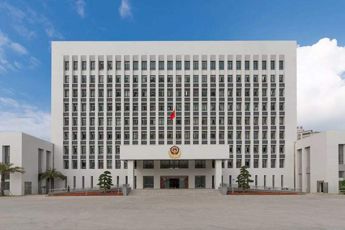Weapon System
A "weapon system" refers to a combination of hardware, software, and human operators designed to deliver a specific type of military capability. It is an integrated setup that includes the weapon itself, the means to operate it, and often the supporting infrastructure required for its deployment and maintenance. Below, we explore the meaning and components of a weapon system in greater detail.
Definition and Core Concept
In military terminology, a weapon system is more than just a single device or tool, such as a gun or missile. It encompasses the entire apparatus needed to make the weapon functional and effective in combat or defense scenarios. This includes the weapon, its delivery mechanism (e.g., a launcher or vehicle), targeting and guidance systems, and the personnel trained to operate it. The term emphasizes the systematic integration of these elements to achieve a strategic or tactical objective.
Components of a Weapon System
A typical weapon system consists of several key components:
- The Weapon: This is the primary tool designed to inflict damage or neutralize a target, such as a rifle, bomb, or missile.
- Delivery Platform: The means by which the weapon is deployed, such as an aircraft, ship, tank, or even a handheld launcher.
- Guidance and Control: Advanced systems like radar, GPS, or laser targeting that ensure the weapon hits its intended target accurately.
- Support Infrastructure: This includes logistics, maintenance facilities, and communication networks that keep the system operational.
- Human Element: Trained operators, engineers, and tacticians who manage and execute the system's functions.
Examples of Weapon Systems
Weapon systems can vary widely in complexity and purpose. For instance, a modern example is the F-35 Lightning II, a family of single-seat, multirole fighter aircraft. It integrates advanced stealth technology, sensor fusion, and weaponry into one cohesive system. Another example is the Patriot Missile Defense System, which combines radar, missile launchers, and command stations to intercept incoming threats.
Evolution and Modern Context
Historically, weapon systems were simpler, such as a bow and arrow or a catapult. However, with technological advancements, modern weapon systems have become highly sophisticated, often incorporating artificial intelligence, satellite communication, and automation. Today, they play a critical role in national defense, deterrence, and warfare, reflecting the growing complexity of global security challenges.
In conclusion, a weapon system is a comprehensive term that describes an interconnected set of tools, technologies, and people working together to achieve a military goal. Its significance lies in its ability to combine raw power with precision and coordination, making it a cornerstone of modern defense strategies.
